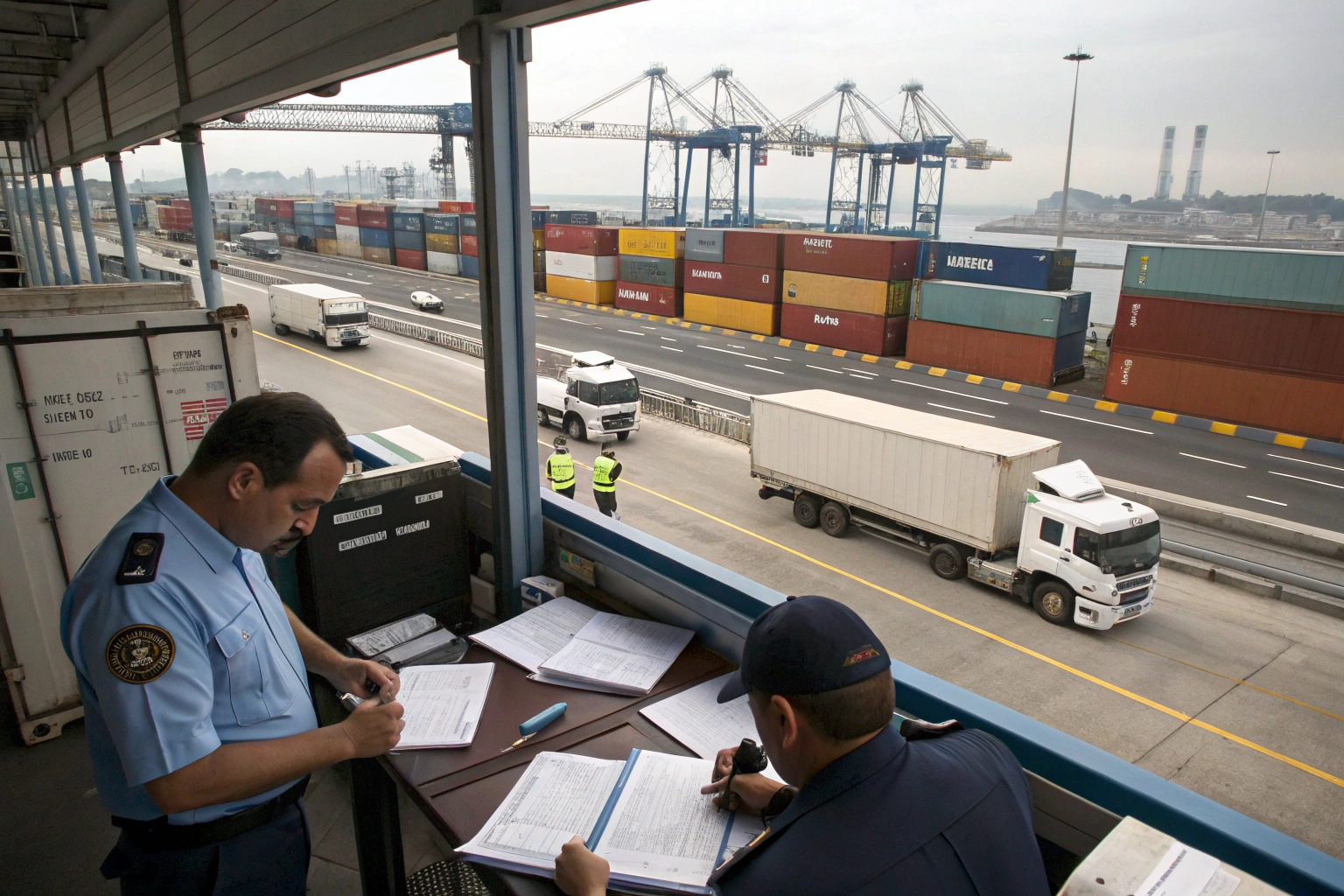As global trade continues to expand, customs and cross-border logistics are at a critical turning point. For company owners like Ron—who ship thousands of goods monthly from China to U.S. ports—traditional logistics methods are no longer fast enough or predictable enough. High tariffs, unclear customs procedures, and unexpected delays create huge risks in supply chains.
We’re entering a new era of digitized customs, AI-assisted document processing, and logistics automation. These innovations are not just trends—they’re becoming essential strategies for anyone shipping internationally.
If you want to stay ahead of the curve, you need to understand how customs, tariffs, and cross-border freight services are evolving. In this article, I’ll break down the technologies, trends, and practices that will define the next generation of global shipping—based on my years of experience running GeeseCargo, a leading China-based freight forwarding company.
What Are the Biggest Trends in Digital Customs Clearance?
From paper stacks to AI-powered decisions, customs processes are changing fast. Traditional systems relied heavily on manual forms, in-person inspections, and slow coordination between ports. But that model can’t keep up with modern trade flows anymore.
The shift toward digital customs is transforming how international goods move, making the process faster, safer, and less expensive.
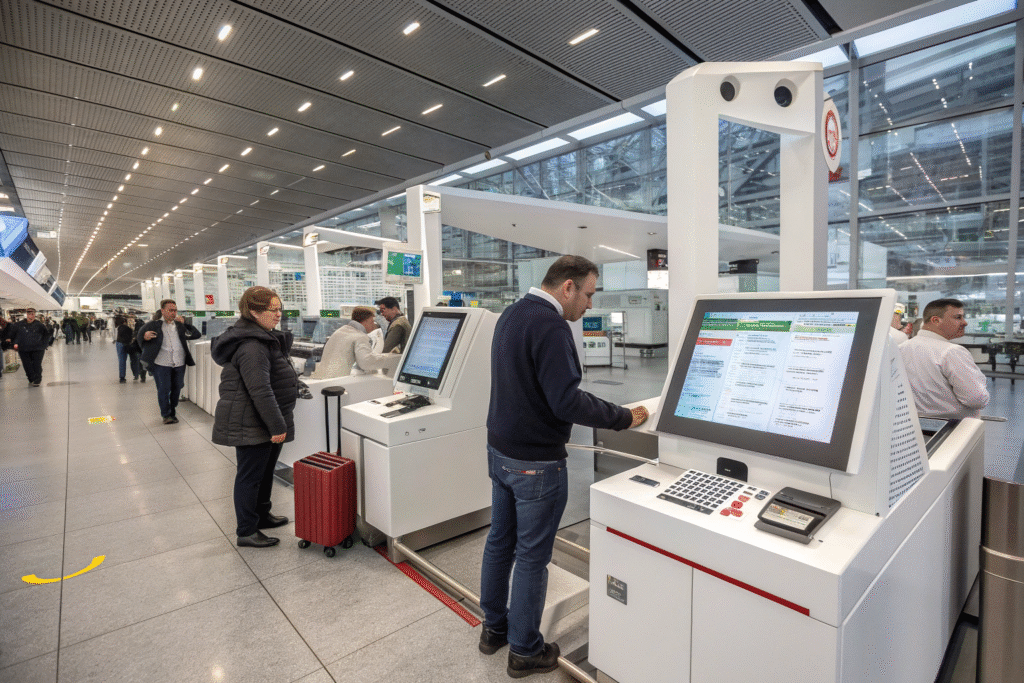
How Is AI Speeding Up Customs Processing?
Artificial intelligence is now helping customs officials scan and approve goods more quickly. Through technologies like optical character recognition (OCR), machine learning, and predictive data modeling, AI can analyze thousands of customs forms in seconds. This greatly reduces manual intervention, cutting clearance time from days to just hours in some cases.
A great example is WCO's Data Model, which standardizes global customs data formats. Another example is Singapore's TradeNet, a fully automated customs system that processes over 30,000 declarations daily with near-zero human delays.
What Does Paperless Customs Actually Look Like?
Electronic customs filing is now the standard in many countries. Importers and forwarders can upload certificates, invoices, and compliance documents through secure portals. Systems like China's Single Window platform and the U.S. ACE (Automated Commercial Environment) allow real-time data sharing between exporters, customs officials, and freight forwarders.
This reduces document errors, improves transparency, and eliminates redundant paperwork. The result? Fewer customs rejections and lower costs for shippers like Ron.
How Will Smart Borders Reshape Cross-Border Logistics?
Cross-border logistics used to mean bottlenecks. Long lines of trucks. Repetitive inspections. Endless waiting. But smart borders are rewriting the rules.
Smart borders use technology to enable real-time cargo verification, intelligent risk profiling, and fast-lane clearance. This means smoother movement of goods across regions.
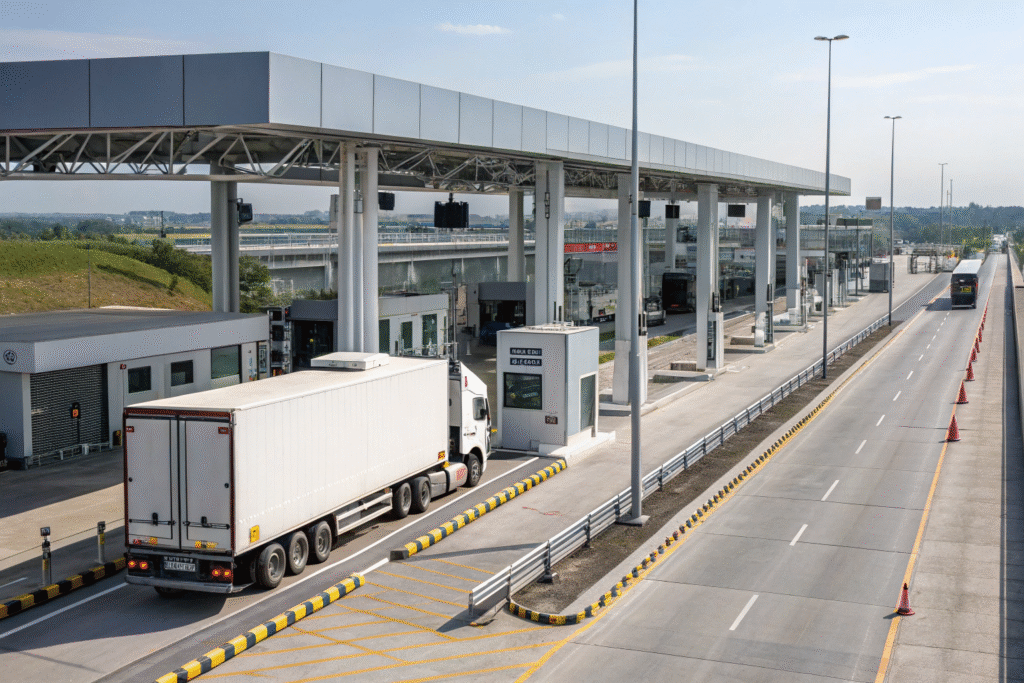
Are RFID and Blockchain the Future of Border Tech?
Smart containers now carry RFID tags that track location, temperature, and tampering in real time. These tags sync with customs systems at land, sea, and air checkpoints, giving authorities full transparency without halting the cargo.
Meanwhile, blockchain technology ensures that each transaction—from shipper to buyer—is logged permanently. It prevents fraud, shortens audit time, and ensures compliance. Major freight hubs like Rotterdam and Shenzhen are testing blockchain-based customs in pilot programs.
How Do Smart Borders Impact Shipping Timelines?
For exporters shipping to high-volume destinations like the U.S., time matters. Smart borders can reduce total shipping time by 2–5 days depending on the region. GeeseCargo recently handled a shipment through the U.S.-Mexico FAST program, and we saved nearly 30 hours at the Laredo border by pre-clearing goods electronically.
This means more stable delivery schedules and fewer customer complaints—a win for eCommerce sellers and corporate distributors alike.
What Are the Key Compliance Challenges for Global Shippers?
Keeping up with compliance is becoming harder, not easier. Countries are revising their tariff codes, trade agreements, and documentation rules at lightning speed.
From HTS code changes to new ESG rules, global shippers must adapt quickly—or risk penalties, delays, or total shipment rejection.
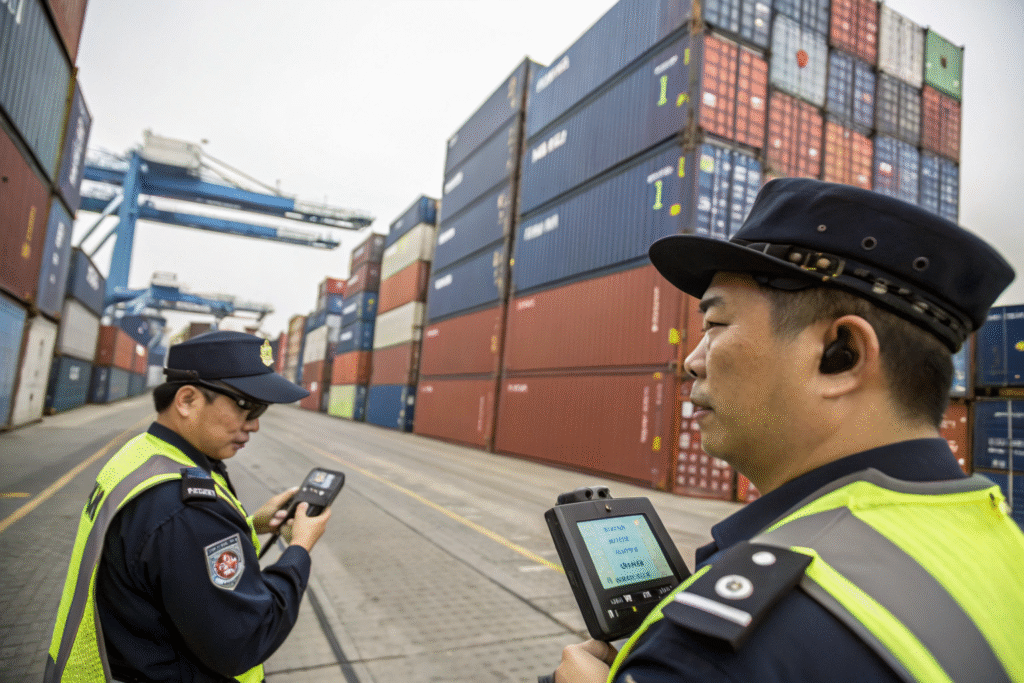
How Do Tariff Classification Errors Affect Your Costs?
Incorrect tariff codes can result in overpayment or even customs seizures. For example, misclassifying polyester scarves as “fashion accessories” instead of “synthetic textiles” may double your import duty. Tools like the Harmonized Tariff Schedule and Tariff Lookup Tools are essential for accuracy.
At GeeseCargo, we provide code-matching consultation to ensure all declarations are correct before submission. This saves clients like Ron from expensive retroactive audits or U.S. CBP fines.
What Are the Latest Regulatory Risks in 2025?
In 2025, many countries are enforcing stricter green compliance regulations. The EU now requires sustainability disclosures under the CBAM, which applies to carbon-intensive imports. In the U.S., goods may be detained under the Uyghur Forced Labor Prevention Act.
Navigating these risks requires constant monitoring of government compliance portals and working with freight partners who know how to mitigate them. Don’t rely on outdated information—penalties in 2025 are harsher than ever.
How Can Freight Forwarders Optimize the Customs Experience?
Customs shouldn’t be a guessing game. A reliable freight forwarder bridges the gap between regulation and real-world execution.
Freight forwarders like us don’t just transport goods—we act as your customs partner, guiding you through complex filings, tariffs, and inspections with speed and confidence.
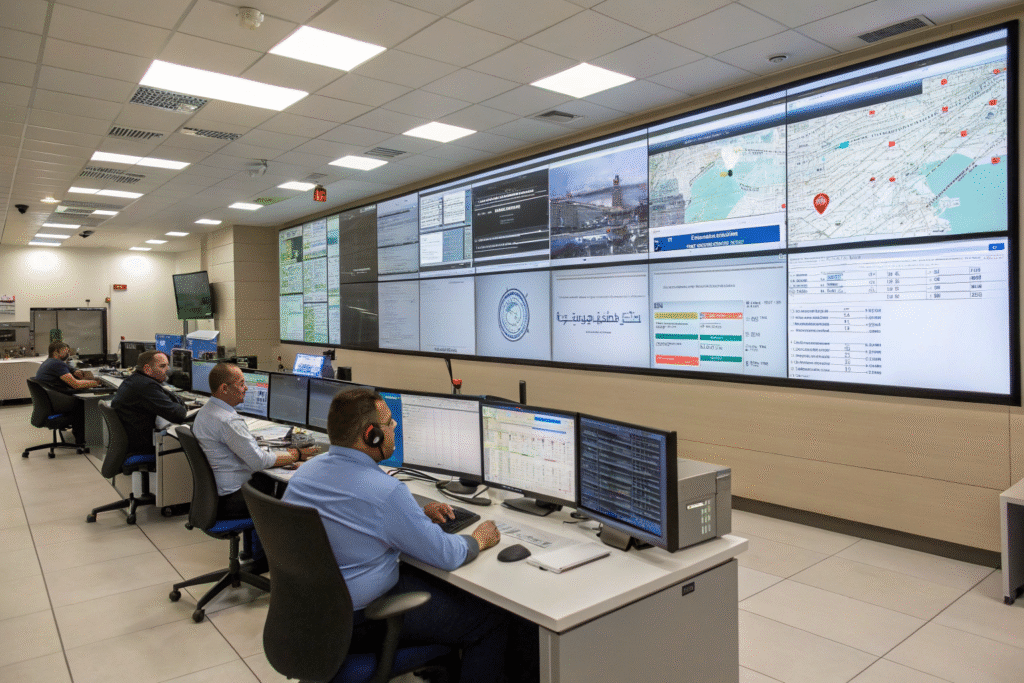
Why Should You Trust Forwarders for Customs Filing?
Experienced forwarders work daily with customs brokers, port officials, and government systems. We know how to avoid common errors, how to refile quickly, and how to handle unexpected customs holds. Our internal SOPs mirror those of global players like DHL Global Forwarding and Flexport.
At GeeseCargo, our DDP service includes full customs compliance in China and the U.S. This means Ron never has to log in to a single customs portal—we handle it all behind the scenes.
What Digital Tools Do Forwarders Use Today?
We use cloud-based systems to coordinate documentation, auto-generate packing lists and invoices, and submit e-customs entries. Our AI-based alert systems notify us of red-flag delays in real time.
We also integrate with platforms like CargoWise for EDI, ensuring total shipment visibility from the moment goods leave the factory to their arrival at your warehouse in the U.S.
Conclusion
The world of customs and cross-border logistics is no longer about paper trails and manual checkpoints. It’s about automation, risk reduction, and fast-tracking your goods to market through intelligent solutions. If you’re a serious buyer importing from China to the U.S., you can’t afford to fall behind in this new landscape.
At GeeseCargo, we combine local customs expertise with digital tools and trusted port relationships to give you an edge. Want to reduce risks, lower delays, and streamline your shipping operations?
Contact Ben Zhu at benzhu@geesecargo.com and let’s build your smart customs strategy together.
